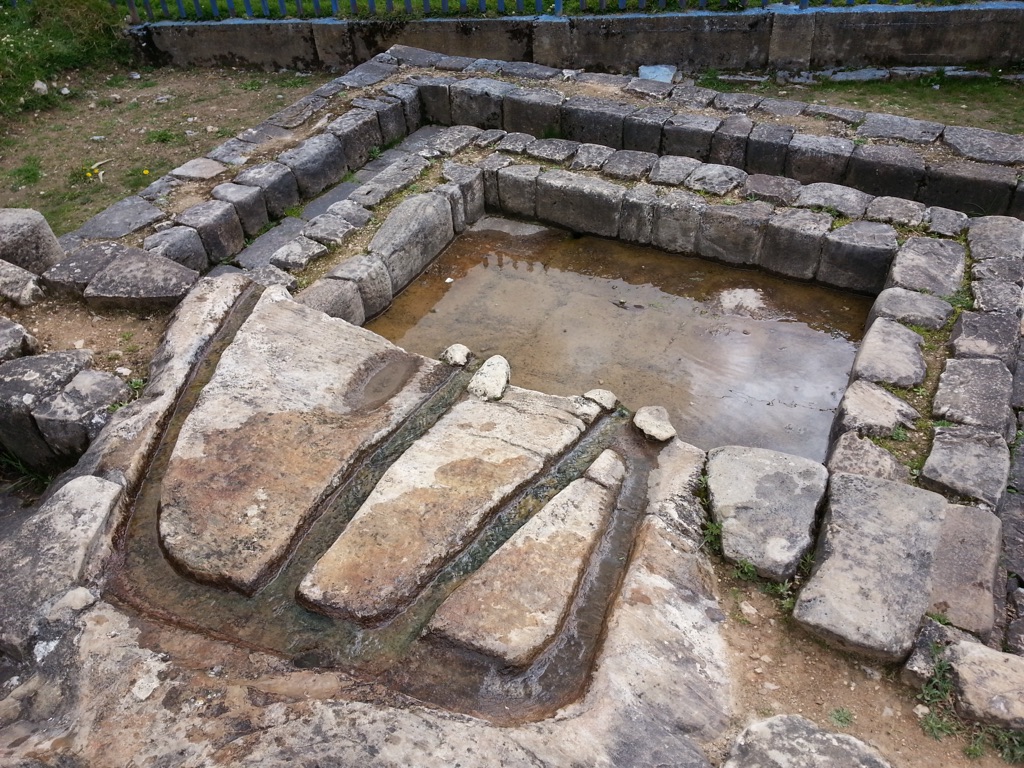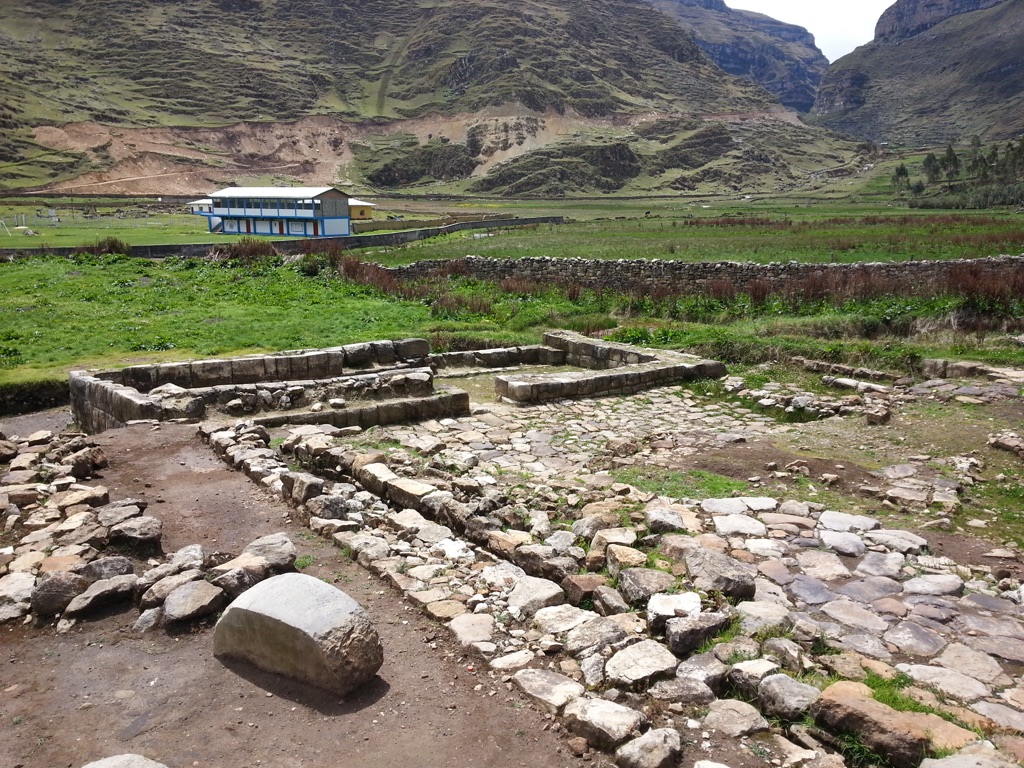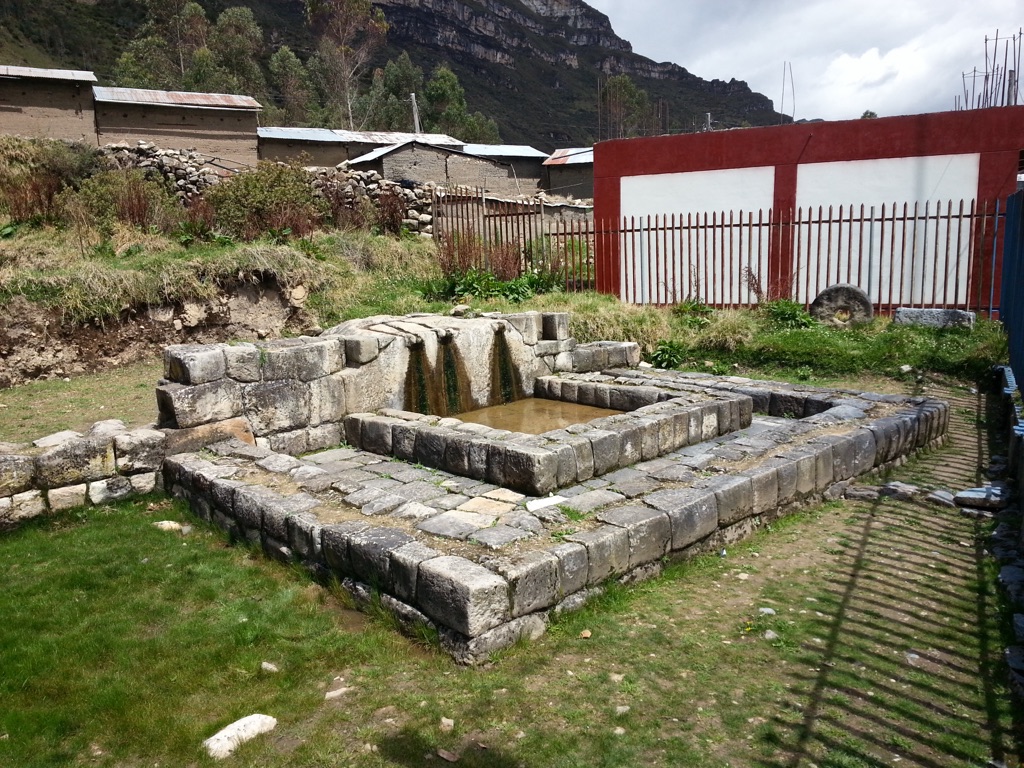Warawtampu, also known as Huarautambo, is a historical site of significant importance in Peru. It is best known for its association with the Inca civilization and its role during the Inca Empire. The site features remnants of Inca architecture and is believed to have been a place of rest and administration. Warawtampu’s strategic location along the Inca road system made it a crucial point for controlling the surrounding region. Today, it stands as a testament to the engineering prowess and societal organization of the Inca people.
Get your dose of History via Email
Historical Background of Warawtampu
Warawtampu’s discovery by modern historians is not well-documented, but its significance is undeniable. The Inca built this site, and it served as a tambo, or resting place, for travelers. It also functioned as an administrative center. The Inca Empire, known for its sophisticated road system, used sites like Warawtampu to maintain control over vast territories. Although the exact date of its construction remains unclear, it certainly played a role during the height of the Inca civilization, before the Spanish conquest.
The site gained historical prominence due to its connection with the famous Inca ruler, Pachacuti. It is believed that Warawtampu was one of the many estates owned by this powerful leader. Later, it witnessed the passage of other notable figures, including Spanish conquistadors. The site’s strategic importance made it a focal point during the Spanish invasion, as it was on the route to Cusco, the Inca capital.
Over the centuries, Warawtampu fell into obscurity and was reclaimed by nature. However, its rediscovery brought to light the Inca’s impressive ability to integrate their constructions into the natural landscape. The site’s architecture and strategic placement along the Inca road system underscore its importance in the empire’s administrative and logistical network.

While Warawtampu may not have been the scene of a famous battle or event, its everyday function was vital to the operation of the Inca Empire. It provided a nexus for communication, administration, and control, facilitating the movement of goods, armies, and information across the empire’s vast territories.
Today, Warawtampu is recognized for its historical value and is part of Peru’s rich cultural heritage. It offers insights into the daily workings of the Inca Empire and the non-military aspects of Inca society that were essential for maintaining such a large and diverse empire.
About Warawtampu
Warawtampu is an archaeological site that showcases the Inca’s architectural skills. The site contains several structures, including living quarters, storage facilities, and spaces for administrative functions. The Inca used local materials, such as stone, to construct these buildings, employing techniques that have withstood the test of time.
The site’s layout reflects the Inca’s strategic planning. It was designed to accommodate travelers and serve as a checkpoint along the Inca road system. The remnants of the road at Warawtampu are a testament to the extensive network that connected the empire.
One of the architectural highlights of Warawtampu is the kallanka, a large rectangular building used for gatherings and possibly for housing visiting dignitaries. The kallanka at Warawtampu is indicative of the Inca’s ability to create large, functional spaces within their tambos.
Another notable feature is the ushnu, a ceremonial platform found in many Inca sites. The ushnu at Warawtampu would have been used for rituals and as a symbol of Inca authority over the region. Its presence underscores the site’s administrative and ceremonial significance.
The construction methods of Warawtampu, like those of other Inca sites, were advanced for their time. The precise stonework, without the use of mortar, demonstrates the Inca’s mastery of stone masonry. This technique ensured the longevity of their structures and their resistance to seismic activity.

Theories and Interpretations
Several theories exist about Warawtampu’s specific functions and significance within the Inca Empire. Some historians suggest it was more than just a tambo, proposing that it may have served as a ceremonial center or a retreat for the elite. The presence of the ushnu supports this theory, as these platforms were not common in all tambos.
There are mysteries surrounding Warawtampu, particularly regarding the rituals and ceremonies that might have taken place there. The lack of extensive written records from the Inca period means that much of what we know is based on archaeological evidence and Spanish colonial accounts.
Interpretations of Warawtampu have to be matched with historical records from the period. This includes correlating the site with accounts of Inca rulers and their travels. The connection to Pachacuti is one such example, where the site is linked to this ruler based on its features and location.
Dating of Warawtampu has been carried out using methods such as radiocarbon dating and analysis of ceramic styles. These techniques have helped establish a timeline for the site’s occupation and use, placing it firmly within the period of Inca dominance.
Despite the research, many aspects of Warawtampu remain open to interpretation. Ongoing archaeological work continues to shed light on the site’s history and its role in the Inca Empire, providing a richer understanding of this complex civilization.
At a glance
Country: Peru
Civilization: Inca
Age: Pre-Columbian era, exact date of construction unknown
Conclusion and Sources
Reputable sources used in the creation of this article include:
- Wikipedia: https://en.wikipedia.org/wiki/Warawtampu
- Britannica: https://www.britannica.com/topic/Inca
- World History Encyclopedia: https://www.worldhistory.org/inca_civilization/

